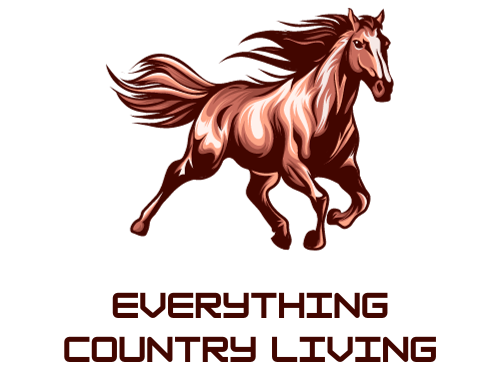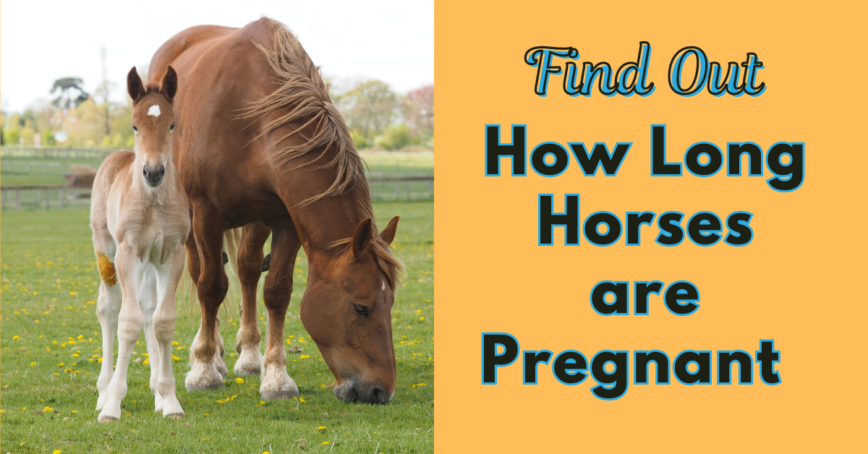
This post will help you understand mare pregnancy. Do you have questions like how long do horses carry their young or what do you need in a foal kit? Are you wondering how to prepare for your new foal. You will find all these things and more in this comprehensive guide.
At the end of the post there is a checklist of everything you need in your foaling kit which you can download and print.
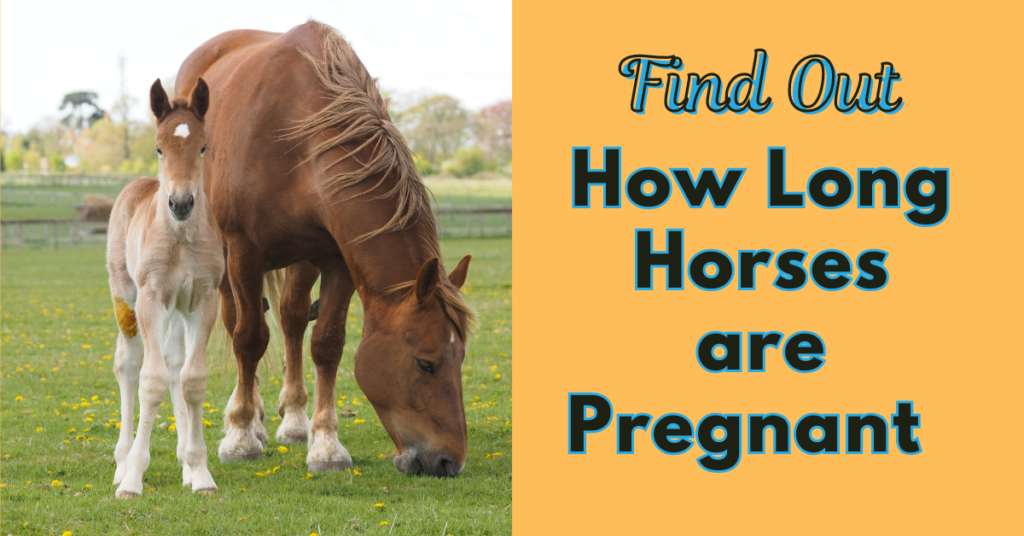
Mare pregnancy is a fascinating and complex process that horse owners and breeders should understand to ensure the health and well-being of their equine companions. From the moment a mare conceives to the birth of a healthy foal, every stage of pregnancy is crucial. In this guide, we’ll explore the various aspects of mare pregnancy, from gestation length to foaling and beyond.
- Gestation Length and Due Date
- Female Horses and Pregnancy
- Estrous cycle
- Months of Pregnancy -how long horses carry their young
- Third Trimester and Body Condition
- Foaling Paddock and Artificial Light
- Labor and Delivery
- Amniotic Sac and Fetal Development
- Birth Canal and Foaling Process
- New Foal Care and Nursing
- Nursing Foal and Mare’s Milk
- Fescue Toxicosis and Potential Problems
- Conclusion to how long horses carry their young
Gestation Length and Due Date
One of the first questions many horse owners have is, “How long do horses carry their young?” The average gestation period for a mare is around 11 months, although this can vary slightly depending on the individual horse and breed. It’s essential to calculate the due date accurately to prepare for the arrival of the foal. Mare owners often keep track of breeding dates to estimate the foaling date and monitor the mare’s progress throughout pregnancy.
Female Horses and Pregnancy
Pregnancy in female horses, or mares, is a natural part of their reproductive cycle. Mares typically go through estrous cycles, also known as heat cycles, during which they are receptive to breeding. Understanding the mare’s heat cycle is crucial for successful breeding and pregnancy.
Estrous cycle
The estrous cycle in most mares starts to normalize in late April or early May until August – the normal breeding season for horses. During this time, the mare will have an estrous cycle of 21 days (±3 days). The estrous cycle is composed of two phases: the estrous phase (in heat) and the diestrous phase (out of heat).
Estrus usually lasts for 6 days, but can be 4-10 days, depending on the mare. Diestrus is normally 15 days, but may vary from 12-18 days. From September through March, very few mares will cycle normally, so conception is more difficult to achieve during these months. Ontario.ca .
Artificial light can be used to manipulate the mare’s estrous cycle or simulate longer days of spring, influencing reproductive behavior and timing of breeding.
Months of Pregnancy -how long horses carry their young
The months of pregnancy are filled with physical changes in the mare as the fetus grows and develops. Days of gestation are counted from the time of conception, with each day bringing the foal closer to birth. Mare owners often observe signs such as changes in body weight, behavior, and physical appearance as the pregnancy progresses.
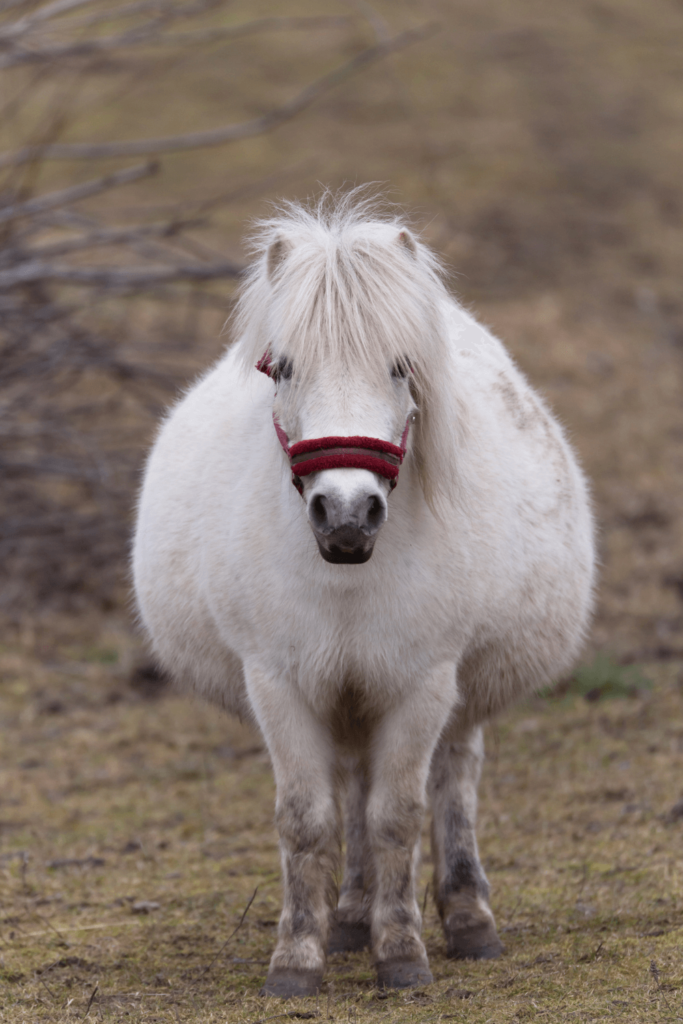
Third Trimester and Body Condition
The third trimester of pregnancy is a period of rapid growth and development for the fetus. Mare owners should monitor the mare’s body condition closely, ensuring she maintains a healthy weight and receives appropriate nutrition. Regular veterinary check-ups can detect any potential issues and provide necessary care.
Foaling Paddock and Artificial Light
Creating a suitable foaling paddock or stall is important for the safety and comfort of the mare and foal during and after birth.
Your mare needs space to roll around and get comfortable during her pregnancy. At a minimum, we recommend a 12’x18’ stall. An ideal foaling stall size is 12×24 or 20×20 according to americanstalls.com
Labor and Delivery
Most mares (greater than 85%) foal at night, which is probably a survival adaptation that allows the foal to be ready to run with the mare once daylight arrives. During the first stage of labor, the mare will be anxious. She may kick at her belly and will adopt nesting behavior. Many mares will sweat during foaling, which is often referred to as the mare “heating up.” Wrap tail and clean perineal area. This stage usually lasts approximately one hour.
The second stage of labor usually lasts from 15 to 25 minutes. Continuous progress should reveal the foal’s front hooves, nose, ears, etc. When the foal is delivered check that it is breathing. You can stimulate it to get it breathing by rubbing it vigorously with a towel.
Amniotic Sac and Fetal Development
During pregnancy, the developing foal is surrounded by the amniotic sac, which provides protection and a fluid environment for growth. Fetal development progresses through distinct stages, with the first trimester being particularly critical for organ formation and development.
Birth Canal and Foaling Process
As the due date approaches, the foal moves into position within the birth canal in preparation for birth. The foaling process is a natural but critical event, requiring careful monitoring and preparation. Mare owners should be familiar with signs of impending foaling, such as waxing of the teats and relaxation of the hindquarters.
New Foal Care and Nursing
After foaling, the mare and foal bond through nursing and interaction. Mare’s milk provides essential nutrients and antibodies for the foal’s growth and immune system development. Proper nursing care, including monitoring the foal’s first hour of life and ensuring adequate colostrum intake, is crucial for a healthy start.
Nursing Foal and Mare’s Milk
The nursing foal relies on the mare’s milk for nutrition and immune support. Colostrum, the first milk produced after foaling, is rich in antibodies and essential nutrients. Ensuring the foal receives enough colostrum in the first hours of life is crucial for its health and survival.
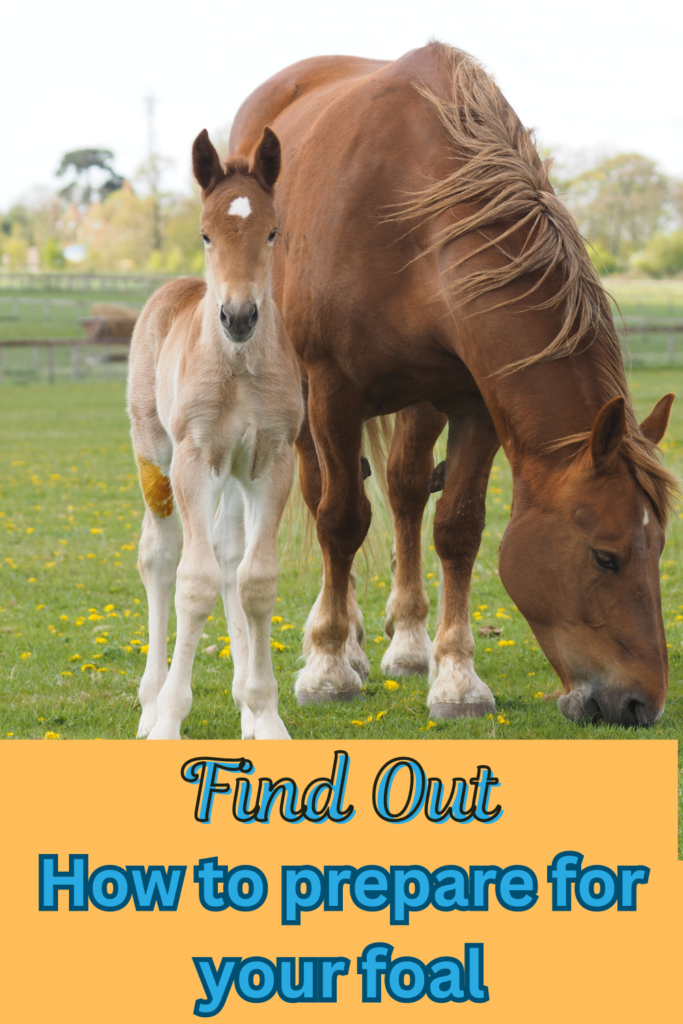
Fescue Toxicosis and Potential Problems
Fescue toxicosis is a concern for pregnant mares grazing on pastures containing endophyte-infected tall fescue grass. This condition can lead to complications during pregnancy, such as prolonged gestation or difficult foaling. Monitoring the mare’s environment and providing appropriate nutrition are essential to prevent potential problems.
Conclusion to how long horses carry their young
Your Mares pregnancy is a journey it is filled with anticipation, excitement, and responsibility. By understanding the gestation length, foaling process, newborn foal care, and potential challenges, horse owners can navigate this journey with confidence. Proper management, nutrition, and veterinary care play key roles in ensuring the health and success of both mare and foal.
If you want to learn about a newborn horses hooves here is a really interesting article with pictures of their hooves when they are born.
Learn how to treat and prevent sunburn in your horses here.
